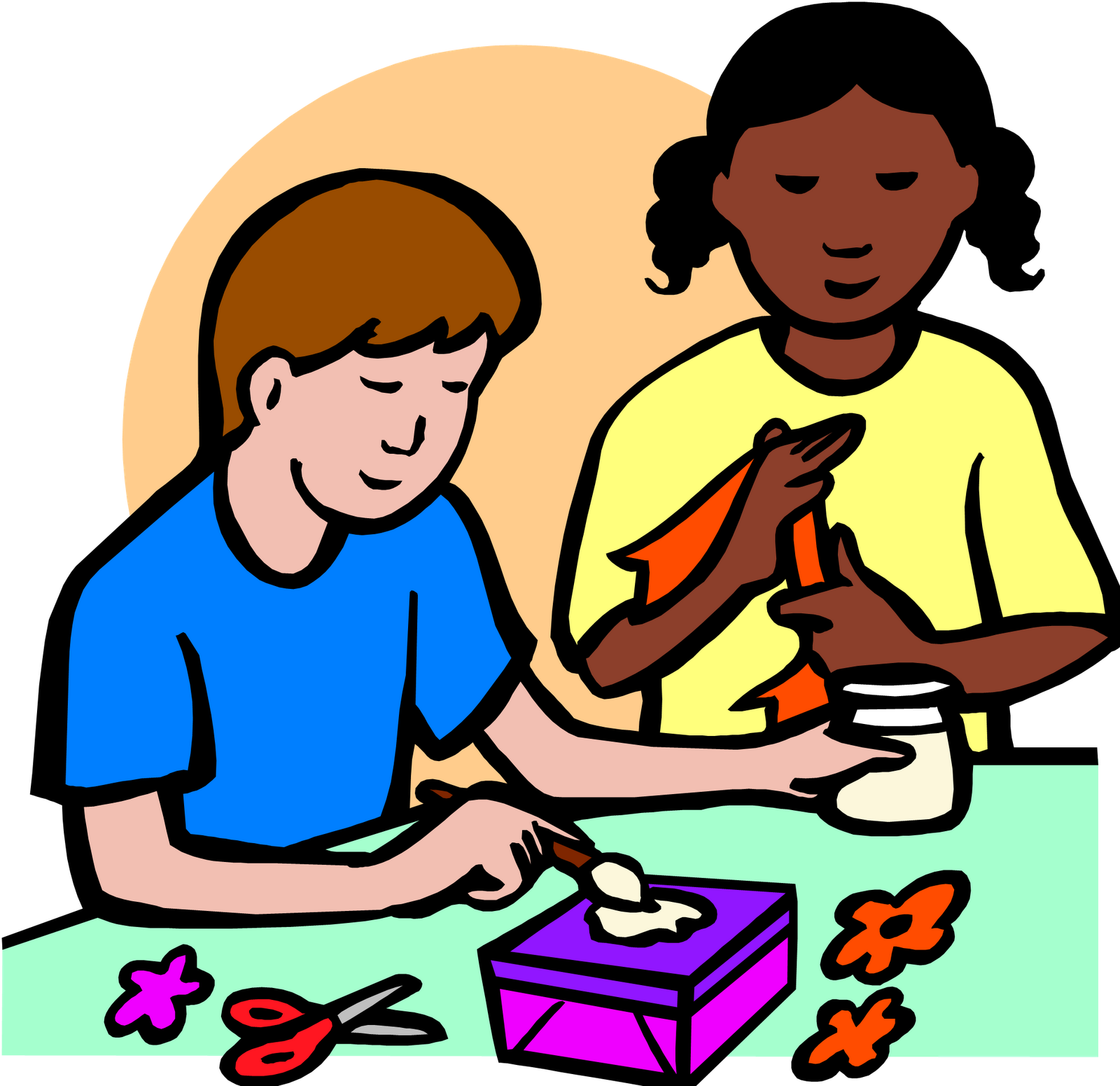Step-by-Step Guide to Creating Your Own DIY Makeup at Home
Introduction: Why Make Your Own Makeup?
Creating your own makeup at home offers a blend of creativity, customization, and control over the ingredients you use. Whether you seek to avoid certain chemicals, address sensitivities, or simply enjoy the process, DIY makeup empowers you to craft products that fit your unique preferences and needs. Many people choose DIY to save money, minimize waste, and embrace natural alternatives. This guide provides detailed, actionable steps for making various makeup products at home, ensuring you can start safely and confidently.
Essential Ingredients and Tools for DIY Makeup
Before you start, gather some basic ingredients and tools. Most homemade makeup recipes rely on natural powders, oils, waxes, and pigments. Commonly used materials include:
- Zinc oxide or arrowroot powder : used for base powders and coverage
- Beeswax : for texture and binding in lip products and balms
- Natural clays (such as French green clay, Fuller’s Earth): for color and oil absorption
- Mica powder and cocoa powder : for color and shimmer
- Activated charcoal : for dark pigments, especially in mascaras and eyeliners
- Carrier oils (such as coconut oil, jojoba oil, or sweet almond oil): for moisture and smooth application
- Small containers : for storing your finished products
- Clean mixing bowls, spoons, and brushes : for hygiene and ease of use
Using clean, sanitized tools is essential to ensure your products last and remain safe to use. Many ingredients can be found at natural food stores or online suppliers specializing in cosmetic-grade materials [3] .
DIY Face Powder and Foundation
Homemade face powders and foundations allow you to adjust coverage and shade to your preference. Here’s a basic recipe:
- Mix 2 tablespoons of zinc oxide (or arrowroot powder for lighter coverage) with 1 teaspoon of gold mica dust and up to 1 teaspoon of finely ground cocoa powder to match your skin tone.
- Add a small amount of natural clay for oil control and additional color depth. Test on your inner arm to find the right shade.
- Store the mixture in a glass jar. Apply with a clean brush as needed. Zinc oxide provides a matte finish and some sun protection, while mica and cocoa add natural color [3] .
For a liquid foundation, blend your powder with a few drops of a carrier oil until you reach the desired consistency. You can adjust the amount of oil for a lighter or heavier finish. Always patch test new products on a small area of skin to check for sensitivities.

Source: hydroint.co.za
Natural Blush and Bronzer Recipes
Blushes and bronzers are simple to make and can be customized to suit your skin’s undertone. A common method involves mixing arrowroot powder with beetroot powder (for pink tones) or cocoa powder (for bronzing). For example:
- Combine 2 teaspoons of arrowroot powder with 1/2 teaspoon of beetroot powder for blush. Adjust the amount for the intensity you prefer.
- For bronzer, use cocoa powder mixed with a small amount of cinnamon or nutmeg for warmth.
- Store in a small jar and apply with a clean blush brush. These powders can be layered for more intensity [1] .
For a gel blush, blend beetroot powder with a small amount of aloe vera gel and a drop of glycerin. This creates a sheer, blendable color that applies smoothly and lasts for hours.
DIY Lip Products: Balms, Tints, and Gloss
Making your own lip balms and tints allows you to avoid artificial flavors and colors. Here’s a simple chocolate lip balm recipe:

Source: babelteam.com
- Melt 1 tablespoon of beeswax with 1 tablespoon of coconut oil and 1 teaspoon of cocoa powder in a double boiler.
- Once melted, add a few drops of vitamin E oil for extra nourishment and pour the mixture into a small container.
- Let it set at room temperature. This balm provides moisture, a hint of color, and a natural chocolate scent [1] .
For a lip and cheek tint, mix beetroot powder with a few drops of water and a touch of glycerin. This creates a versatile tint you can apply to both lips and cheeks for a natural flush.
Homemade Eye Makeup: Mascara and Eyeliner
DIY mascara can be made with aloe vera gel, vitamin E oil, and activated charcoal for color:
- In a small bowl, combine a few drops of aloe vera gel, a couple of drops of vitamin E oil, and a pinch of activated charcoal.
- Mix until smooth. Store in a clean mascara tube or apply with a brush.
- For a thicker, lengthening mascara, add black mineral powder. Clean your mascara wand between uses to avoid contamination [3] .
For eyeliner, mix activated charcoal with a tiny amount of coconut oil until you achieve a creamy, opaque consistency. Apply with a fine brush for precise lines. Homemade eyeliners and mascaras offer a gentle, customizable alternative to store-bought cosmetics.
Customizing Your Makeup: Color and Skin Type Adjustments
The beauty of DIY makeup is its versatility. You can tailor each product to match your skin tone, type, and desired finish. Lighten powders with more arrowroot, deepen with additional cocoa or clay, and add shimmer with mica powder. For sensitive skin, avoid essential oils or fragrances, and always patch test new ingredients. If you have oily skin, increase clay content for better oil absorption. Those with dry skin may prefer adding a few drops of nourishing oils to their blends.
Storage, Shelf Life, and Safety Tips
Homemade makeup products typically last from a few weeks to several months, depending on ingredients and storage. Always use clean tools and containers, and keep products in a cool, dry place away from sunlight. If you notice a change in smell, texture, or color, discard the product. For longer shelf life, consider adding a few drops of vitamin E oil as a natural preservative. Never share homemade makeup with others to avoid cross-contamination.
Common Challenges and Solutions
You may encounter some challenges when making DIY makeup, such as achieving the right shade or consistency. If your powders are too light, gradually add more colorant. If your balm is too hard, melt and add more oil. For runny mascara, mix in a small amount of bentonite clay for thickening. Always make small test batches before scaling up, and adjust recipes based on your feedback and experience. Online communities and video tutorials can offer inspiration and troubleshooting guidance [1] .
Alternative Approaches and Further Resources
If you prefer, you can follow along with step-by-step video tutorials available on reputable YouTube channels. For example, Mithi’s channel offers demonstrations for gel blush, liquid eyeliner, chocolate lip balm, and more, with clear instructions and ingredient lists [1] . For costume or special-occasion makeup, consider recipes that use wax, oil, and pigments for long-lasting, skin-friendly results [4] . Always review the comments and ratings on these videos to gauge user experiences and tips.
How to Find Ingredients and Get Started
You can purchase most ingredients from natural food stores, specialty cosmetic suppliers, or reputable online retailers. If you are new to DIY, start with simple recipes and basic equipment. Join online forums or local workshops for additional support and inspiration. Always prioritize safety by patch testing and working with clean tools. As you gain experience, experiment with new formulas and share your creations with friends and family.



